Recommended
Entering a new world of productivity and collaboration
UNLEASH sat down with Jan Rezab, CEO of Time is Ltd — the most exciting productivity analytics company in the HR tech landscape today – to discuss how data and insight can be used to empower people to unlock their full potential in the new world of work. Here are some of the key takeaways:
- During the pandemic, Time Is Ltd. saw a 52% increase in their client’s usage of remote meetings.
- They found new hires were 17% less effective in building their new network connections than those that started their employment before the switch to remote work.
- They saw the proportion of after-hours instant messaging increased by 34%.
Over the past 12 months, we have witnessed the world’s biggest remote working experiment, with most organizations around the world having to experience the pros and cons of a distributed workforce.
This experiment has yielded fascinating insights around connectivity, collaboration, and productivity, which have significant implications for how we should approach the new world of work.
Understanding the drivers of productivity in the remote working environment and how people spend their time will be of paramount importance to success in work — both today and tomorrow.
SUSTAINABLE PRODUCTIVITY IS ABOUT BALANCE
Time Is Ltd is on a mission to understand office collaboration to improve organizational productivity in a sustainable way.
“Sustainable productivity is one that can be done, and managed over time in balance,” says Rezab. “I think we’ve come to an interesting period in time where this has become a greater focus.“
The pandemic has driven people to adopt different schedules of work hours and embrace flexible working, especially parents who have to juggle homeschooling. HR’s role is to make sure new workforce dynamics work for the employee and don’t turn into chaos across the organization.
Whatever the schedule or hours people choose, in order to achieve sustainable productivity we must focus on finding balance and empowering people by giving them the tools they need to maintain schedules in a healthy way.
THE PANDEMIC KILLED THE ONBOARDING EXPERIENCE
One of the biggest challenges of the remote world is onboarding new employees and across the world companies are struggling to find an adequate virtual replacement for what new starters would experience in the office. Rezab tells UNLEASH how the Time Is Ltd. clients are seeing a dramatic shrink in the size of network a new starter is able to build during the pandemic, compared with the size they were able to build before.
Where you would build a network of 15 to 17 people before the pandemic in your first six months, you now only build a network of 6 or 7,” says Rezab.
The smaller the employee networks, the more likely unnecessary silos will start to grow. The repercussions of this could cause long-term damage to productivity as many silos are almost impossible to break once built.
Organizations might think they are getting away with it for now but the cracks will begin to show in the next 6-12 months. HR must prioritize connecting people during the virtual onboarding experience and create programs to generate cross-team communication that will build those invaluable bridges.
HR’S ROLE IS TO UNDERSTAND NEW WORK PATTERNS THROUGH THE LENS OF DATA
One of the new roles of the strategic HR professional is fully understanding the people’s experience. Too often workplace monitoring is misunderstood to be a process implemented to work against rather than for the employee. We need to debunk the myths and see it for what it is; a powerful toolkit for HR and business leaders to make the people experience better for their employees.
Workplace monitoring shines a torch on all areas of the organization, giving them a clear vision of the experiences people are having so HR and business leaders can be proactive in making sure that they are as good as they can be.
“The role of HR is to try and understand these patterns, trying to understand that maybe workdays have changed and labor patterns have changed, but most importantly, trying to understand this through the lens of data,” says Rezab.
Workplace monitoring gives HR and managers immediate access to data to notify them if a department is working outside of hours too much and provides the opportunity to step in and prevent employee burnout.
Sign up to the UNLEASH Newsletter
Get the Editor’s picks of the week delivered straight to your inbox!

CEO, Time Is Ltd.
